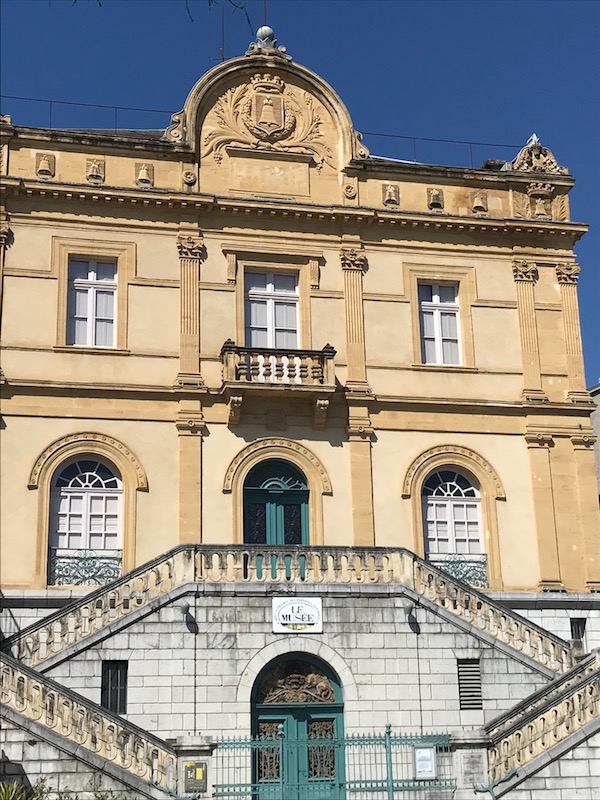Our Blog - Saint-Gaudens, France
The town of Saint-Gaudens dates back to Roman times, with a Roman road connecting Toulouse to Dax passed nearby. The name comes from a young boy named Gaudens who was beheaded by the Visigoths in 475 and became a martyr. A cult developed around the martyr and, in the 9th century, the town was renamed to Saint-Gaudens. It is one of the larger towns in the area, with between over 11,000 inhabitants. A point of trivia: there is a pulp milll here that was built in the late 1950's with American capital as part of the Marshall Plan.
Originally built in a Romanesque style in the 5th century, the Collegiate Church of St. Peter and St. Gaudens was rebuilt in the 11th century and took its design inspiration from the Saint Sernin basilica in Toulouse.


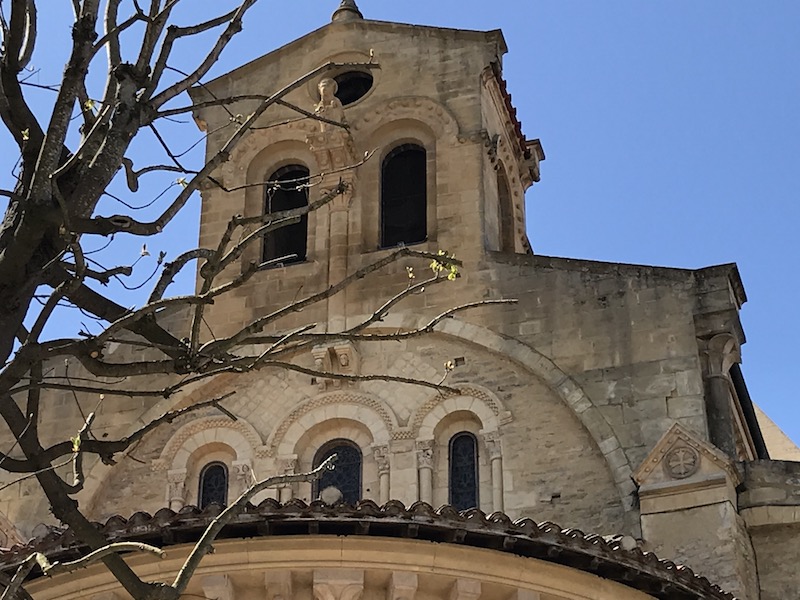
The interior has the nave and side aisles and one interesting thing about the design is that the spans in the nave are not of equal length.
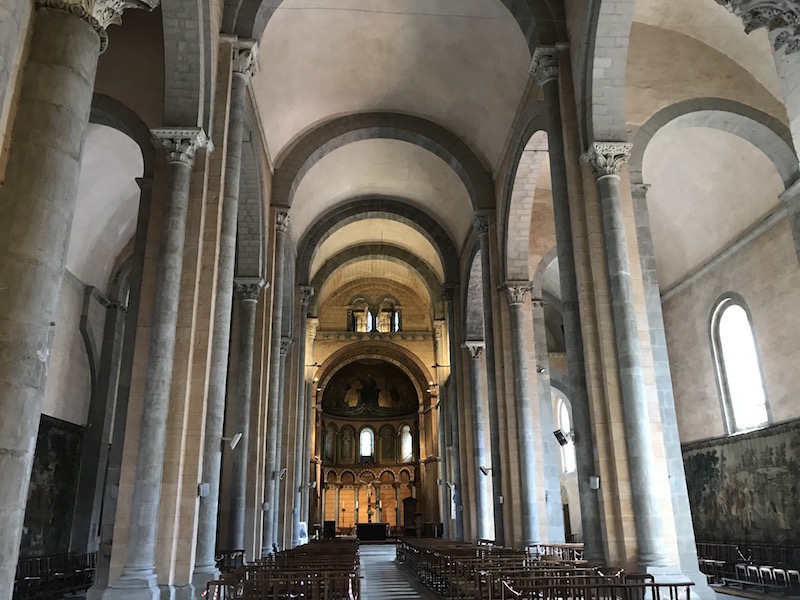
The apse is the oldest part of the church remaining, dating back to the 11th century. Behind the altar, the carved wooden crucifix dates from the 14th and 15th centuries. Above the main level are paintings that represent four saints: Saint Benedict Labre, Saint Stephen, Saint John the Baptist, Saint Éxupère. Then at the top, the vault of the choir is vividly decorated. In the center is Christ seated on a throne with water flowing out, representing the living water which gives eternal life. On the left is Saint Saturnin on his knees giving his hand to Saint Peter, and on the right, Saint Bertrand on his knees giving his hand to Saint Gaudens.


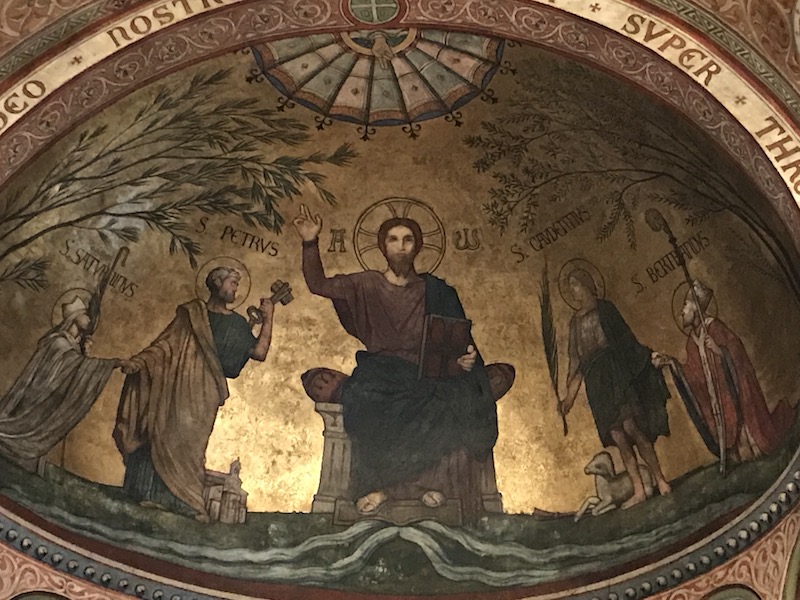
The organ case, made of solid oak and limewood, dates from before 1662 and has a design very characteristic of Louis XIV furniture. The organ itself dates back to 1831.

The d'Aubusson tapestries are thought to have been woven in the 2nd half of the 18th century. They are "de basse lisse" which means the threads were held horizontally on the loom. Two of the tapestries were stolen in December 1989 and were traced to the USA. They were returned in 1997.
This tapestry is entitled the martyrdom of Saint Gaudens and shows the young shepherd after being beheaded. The town, as it would have looked around 1760, is seen in the background.
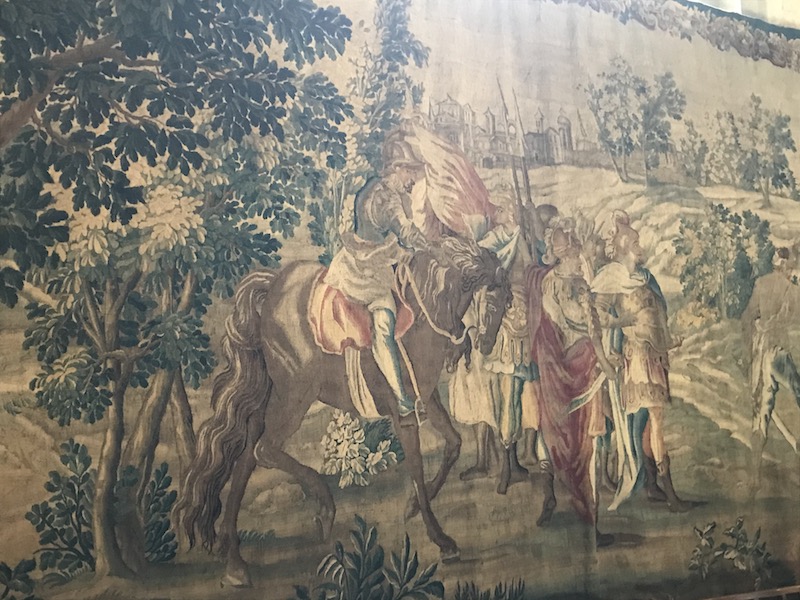
This is entitled The Transfiguration of Jesus, and shows Jesus appearing to Peter, James, and John at Mount Thabor, with the prophet Elijah on his left and Moses on his right.Tapestry

The last tapestry is the Triumph of Faith, which shows Faith (shown as a woman with a military bearing seated on a triumphal chariot drawn by three horses)bringing down wailing infidels and heretics. The last is a close-up of the person under the chariot wheels.

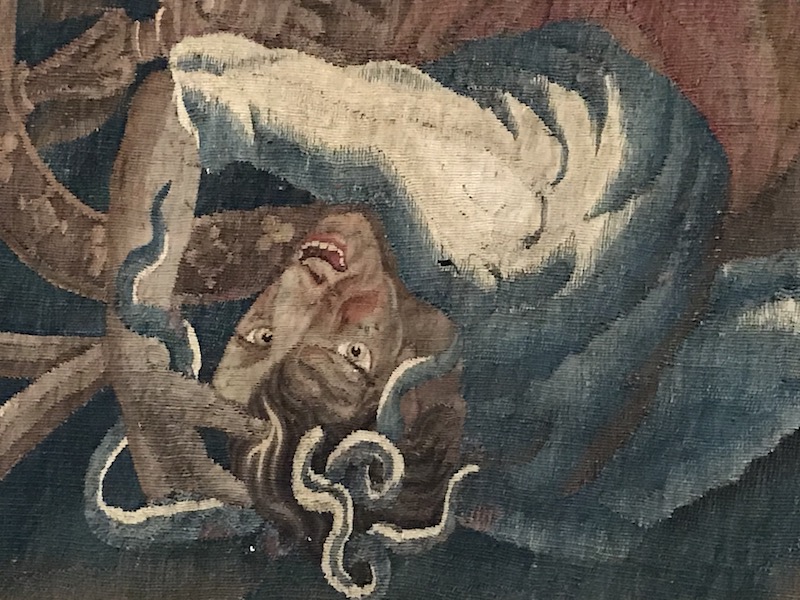
The cloister and chapter house were built in the 12th and 13th centuries. They were demolished in 1810 and the cloister was reconstructed in 1989 using authentic capitals or casts of works which are today kept in museums and with private collectors around the world. Some of them are the original Romanesque capitals from the 12th century.
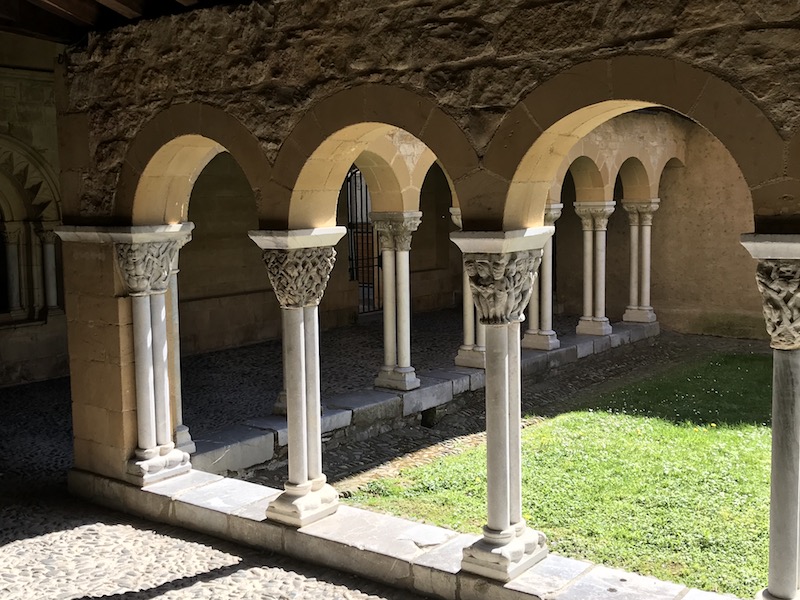


Around the back side of the church, there was a nice view of the Pyrénées. The monument consists of a bronze statue of an infantry soldier in the French army who fought in World War I, resting on a stone pedestal. In front is a second bronze statue represents a woman removing a dead infantry soldier from a tree.
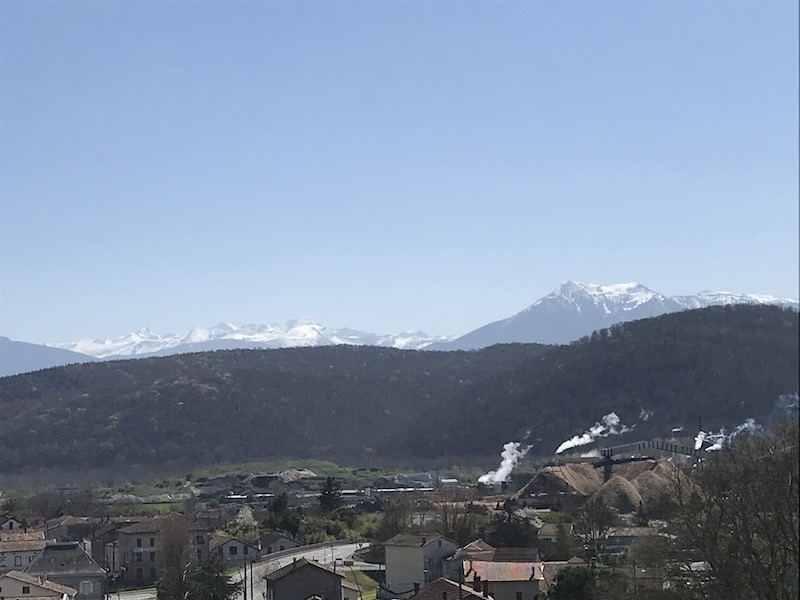
The Monument to the three field marshals was inaugurated in 1951 and was created by a sculptor from Toulouse. It honors 3 French generals that come from the region of the Pyrénées: Joffre, Foch, and Gallieni. It also commemorates the loss of soldiers from the French and Allied forces who fought during World War I.
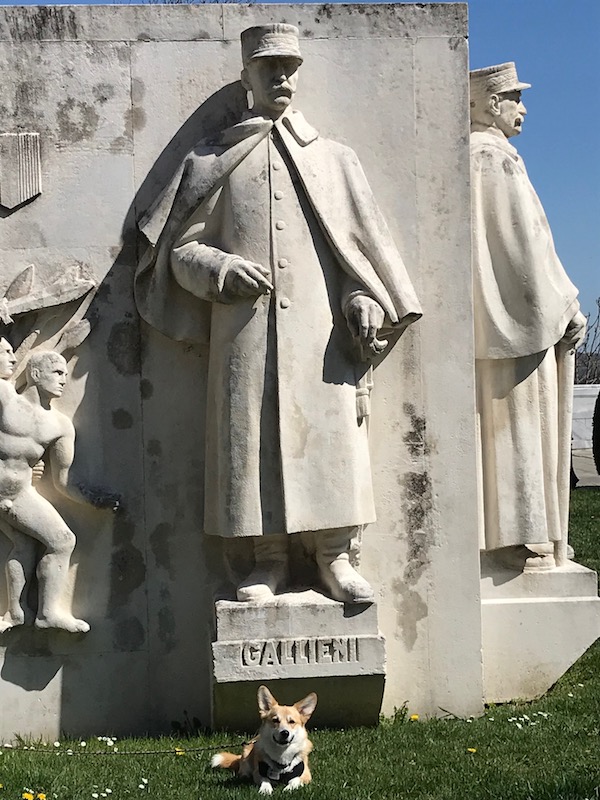
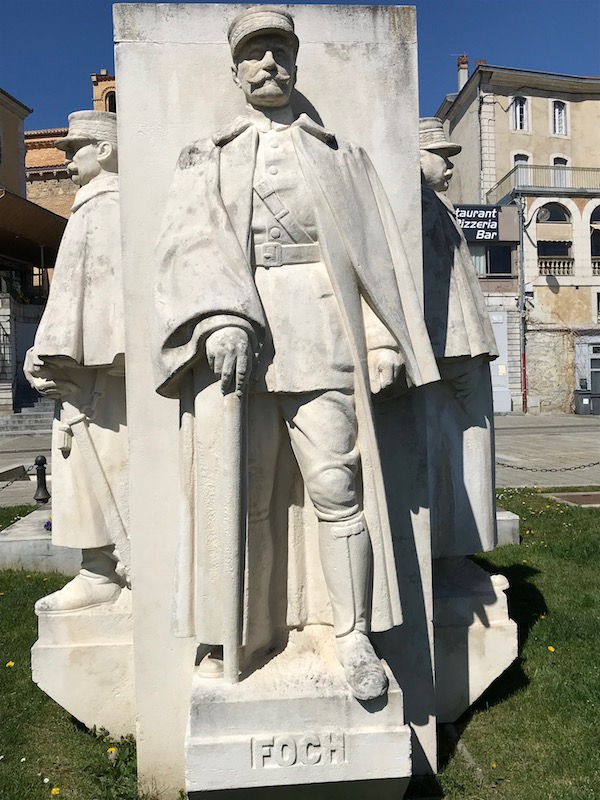

Facing the monument to the three field marshals is a war memorial, dating from 1923.

Le Musée, The Museum - Arts & Figures of the Central Pyrenees, is housed in a Neoclassical building built between 1874 and 1876. It housed the town hall until 1963, when it was turned into a museum.
